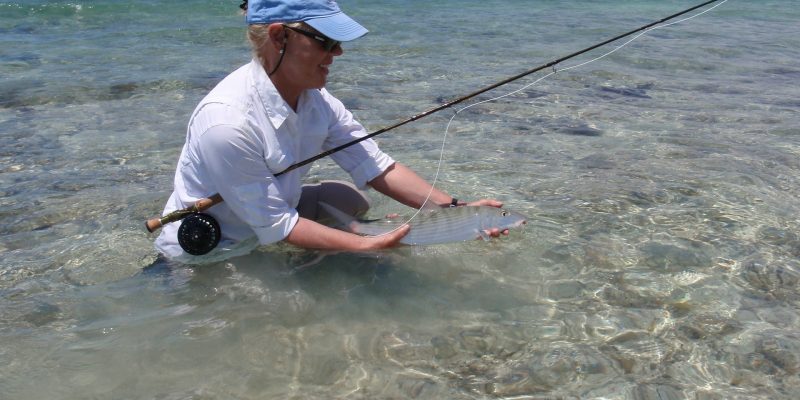Do you like to fish? Whether you’re a seasoned angler or just enjoy spending an afternoon by the water, then you know that releasing the fish back into the water is an important part of the process. Many people don’t know how to do it properly, which can lead to injury or death for the fish. In this blog post, we will teach you how to release a fish properly so that it can swim away safely and live another day!
- The most important thing to remember when releasing a fish is to wet your hands first. This will help to avoid harming the fish by removing their protective slime coat. Once your hands are wet, you can gently hold the fish by its belly and support its body from underneath. Avoid holding the fish by its mouth or squeezing its body, as this can injure the fish.
- If you are using a net to help support the fish, make sure that the net is made of a soft material like nylon or rubber. Avoid using metal nets, as these can damage the fish’s scales and skin. Gently lower the fish back into the water and let go. The fish should swim away on its own. If it doesn’t, you can give it a little nudge in the right direction.
- Keep them in the water as long as possible. Don’t grab it by its gill plates or put your fingers underneath its gills. That hurts the gills. They’re very fragile and one of those forceps tools work excellently. You want to reach down and just try to grab ahold of the bend of the hook and then just pull it right out. If the fish looks like it can handle it and it’s not too stressed, just lift it out of the water.
- Hold fish horizontally – it can damage the fish’s organs if held vertically. Do not take the fish out of the water longer than you can hold your breath. Help it recover by getting it in a nice area that doesn’t have a lot of mud or stagnant water. You can hold it by the tail and just move it back and forth gently and that makes sure that it has good water flow over the gills.
- In the summertime, surface water temperatures get kind of warm, especially in small ponds. It’s really best to fish early in the morning when air temperatures and the surface water temperature are lowest. That gives your fish the best chance of recovery and it keeps them a lot healthier for a successful release. You can also fish in the evening time, just be extra careful about how you handle that fish and release it as quickly as possible.
By keeping these things in mind, you can ensure that the fish you release will be able to swim away safely and live to fight another day. So next time you’re out on the water, remember to wet your hands and release them with care!
Do you have any tips for releasing fish properly? Share them in the comments below! And be sure to check out our other blog posts for more fishing tips and tricks. Happy fishing!


